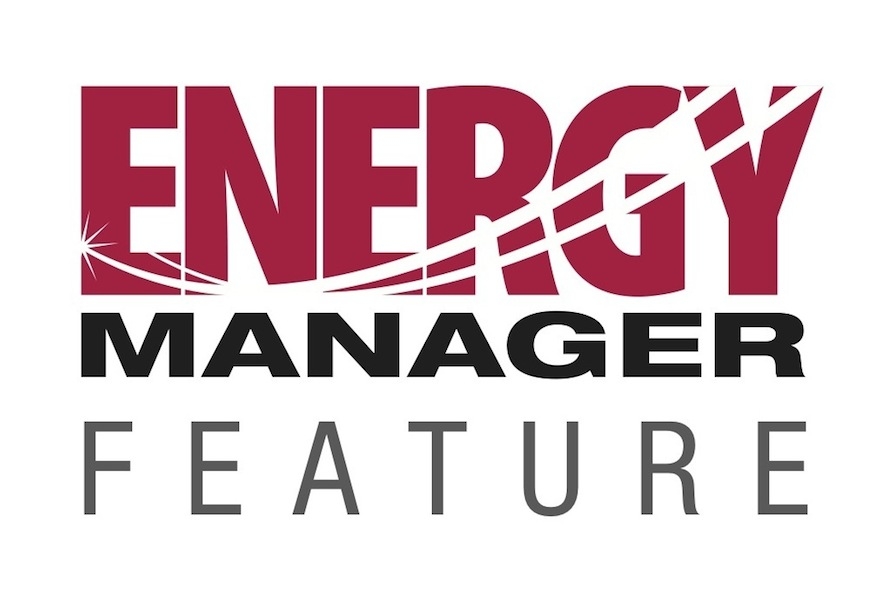
News
FEATURE – Do green buildings outperform conventional buildings?
February 27, 2013 - The National Research Council of Canada (NRC) has released the results of a comprehensive post-occupancy investigation comparing the performance of 12 “green” and 12 “conventional” office buildings across Canada and the northern United States. The study, Do green buildings outperform conventional buildings? Indoor environment and energy performance in North American offices, collected occupant surveys, physical building and energy use data.
February 27, 2013 By Alyssa Dalton

Occupants completed a questionnaire with items related to environmental satisfaction, job satisfaction and organizational commitment, health and well-being, environmental attitudes, and commuting behaviour. In total they recorded valid surveys from 2545 occupants. In addition, they also:
• conducted on-site physical measurements at each building;
• collected data at a sample of workstations on prevailing thermal conditions and lighting; and
• recorded workstation size, window access and shading, and electric lighting system.
CLICK HERE to read the full report.
In looking at energy performance, the NRC conducted a re-analysis of data gathered by the New Buildings Institute on one year of data from 100 LEED-certified commercial buildings in North America. Each green building was “twinned” with a similar conventional building from the U.S. commercial building stock. The NRC also collected monthly utility data from the 24 buildings in the field study sample, where available.
“Perhaps the strongest driver for the green building movement is the goal of reducing building energy use. All green building rating systems provide credits for energy-saving design, and in most cases this is the largest single credit category. In the past few years, the LEED system in North America has placed an even greater emphasis on designed energy performance. However, there has been very little formal investigation of whether green buildings, once built and occupied, save energy, and if so, what the magnitude of that saving is,” noted the report, dated August 2012.
From analyzing the original post-occupancy field study data, and re-analyzing the extant datasets on LEED/conventional building energy use, NRC concluded (among other findings) the following:
• On average, LEED buildings exhibited lower total energy use intensity than similar conventional buildings. A specific case study from NRC’s own field study dataset confirmed the potential for substantial energy use intensity reductions through a green building renovation. However, many individual LEED buildings did not meet energy performance expectations.
The report examined energy use by LEED certification level, and by energy-related credits achieved in the certification process. On average, LEED buildings used 18%-39% less energy per floor area than their conventional counterparts. However, 28%-35% of LEED buildings used more energy than their conventional counterparts. Further, the measured energy performance of LEED buildings had little correlation with certification level, or with the number of energy credits achieved by the building at design time.
“These results suggested that, at a societal level, green buildings can contribute substantial energy savings, but that further work needs to be done to ensure more consistent success at the individual building level,” stated the report.
However, the report noted its findings “should be considered as preliminary, and that the analyses should be repeated when longer data histories from a larger sample of green buildings are available”. Encouragingly, both the Canada and US Green Building Councils are placing additional emphasis on measured energy performance, and are collecting data in various programs that may be used in the future for a more comprehensive analysis of green building energy performance.
—With files from NRC
Print this page